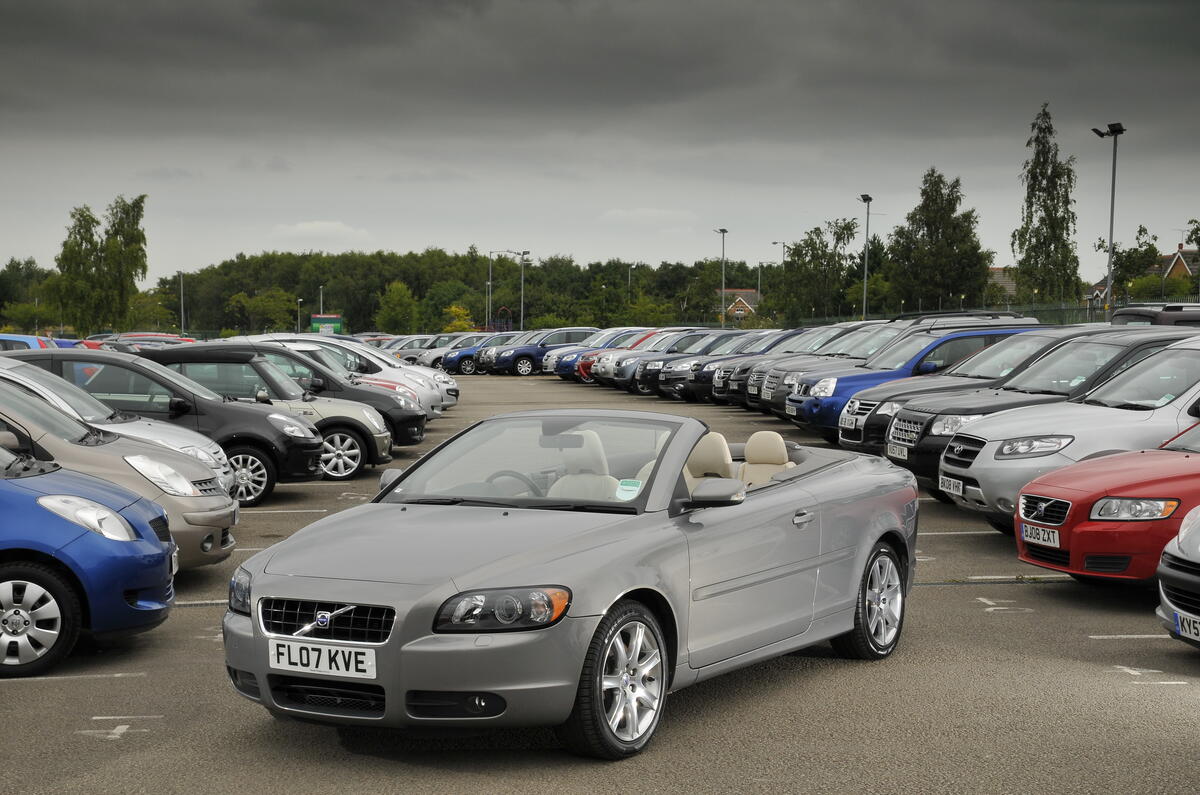In any other recession, used car prices would be sliding right now.
But they’re not – or, at least, not with any great pace. While it’s true the highs of 2021 have largely softened, they remain at a historically high level despite the economy tanking. Ironically, the biggest prop has come from the new car market. Here, low supply and huge waiting times have greatly increased the appeal of buy-it-now used cars, increasing demand.
Meanwhile, restricted supply following the rush of purchases in the used market has also done its bit – and will do more as the year progresses as we arrive at the point, three years on from the pandemic starting, where normal lease cycles would normally mean thousands of cars being returned into the used pool.
Finally, new car prices have shot up in the past three years, partly because of a widespread reduction in discounting and partly because of the rising costs of raw materials and energy. That has created a lot of head room between new and used cars, some of which has been filled by the used market creeping upwards.
Enthusiasts should take note of an emerging trend for the prices of fun cars to be creeping upwards. Sure, the price of petrol, insurance, upkeep and more makes ownership more perilous than perhaps it once was, but there’s a distinct feeling running through the industry that those who want a last hurrah in these types of cars will buy them come what may.
Yes, it’s contrary – not least as we’re promised that the 2030 ban on the sale of new combustion-engined cars shouldn’t affect the used car market – but there is a distinct vibe that the next few years could be the last chance to enjoy driving for the sake of it.
Will these pumped-up prices last? It’s a brave soul who predicts anything these days, but it looks like the market and its operators have enough robust practices in place that any tumble will be the result of a seismic economic shock – the sort of which means car prices are the least of our worries…




Join the debate
Add your comment
I am able to create $88/h to complete few jobs on home computer. O09 I’ve never thought that it’s even achievable but my closest mate earning $25k only within five weeks simply working this leading project & she had convinced me to join…Discover extra details by going following link...... EarnCash7.com
Not only are new car prices rising fast, but they include stuff I don't want, like a touch screen. And exclude stuff I do want, like a spare wheel. I'm coming to the conclusion that older cars are better. Seriously considered buying a new car over the last few months, but there is very little out there I want.
The average age of a second hand motor on the Road today is ten years, used to be four at one time, come change time Cars have gone up about 5K , not many buyers are just going to shrug there Shoulders and just pay up, they'll go for nearly new maybe one even two years old.